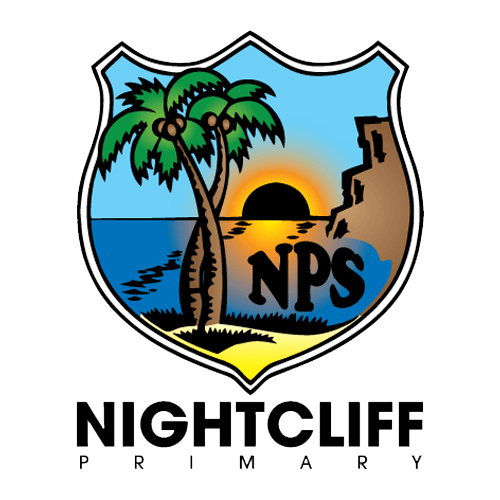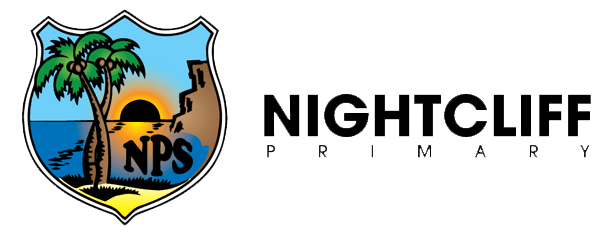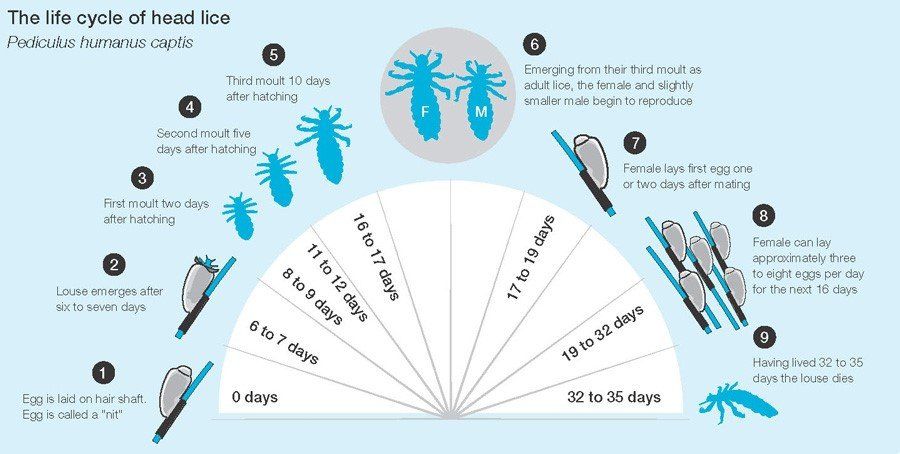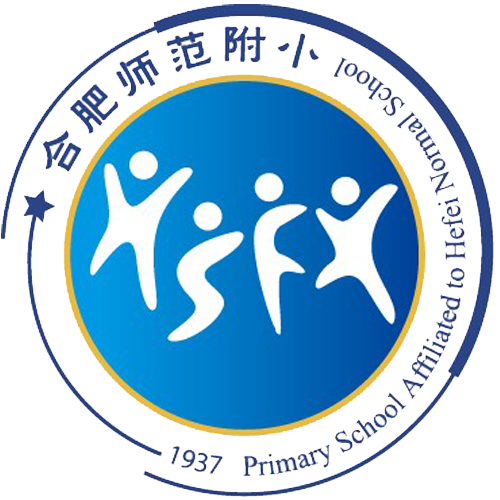Headlice
Head Lice
If your child has head lice or if there are children in your child’s class with head lice, it is recommended that you do regular checks of all members of your family. Head lice are passed from person to person by direct contact or on shared objects such as towels, combs and hats. It has absolutely nothing to do with cleanliness. Anyone, adult or child, can get head lice.
What to Look For
- Small light or dark brown insects without wings
- Tiny white eggs (nits) on the hair shafts
- An intense itching on the head and neck.
What to Do
- Check ALL members of the household at the same time and treat those who have head lice.
- Please advise the school if you find head lice.
- Use an effective head lice treatment. The pharmacy can give you advice.
- After the treatment, comb the hair with a fine-tooth comb to remove as many eggs as possible.
- Extra precautions include: washing all bedlinen and towels with hot water, or tumble drying for 20 minutes on high. Items such as hats and helmets should also be thoroughly cleaned.
- Soak combs, brushes etc. in hot water for at least ten minutes.
- Vacuuming carpets may also help.
- Check all household members daily for 3 weeks during an outbreak. Treat anyone found to have head lice.
- Repeat treatment 7 to 10 days after initial treatment.
Please remember that just treating the hair will not eradicate the problem. Check the hair of all household members during an outbreak and once a week at other times. Remind children to avoid direct head-to-head contact.
What NOT to Do
- Do not use a 2 in 1 shampoo and conditioner in conjunction with the treatment.
- Do not use conditioner or shampoo for 24 hours after using head lice treatments. Conditioning agents and harsher detergents can make the treatment less effective.
- Do not blow dry hair.











